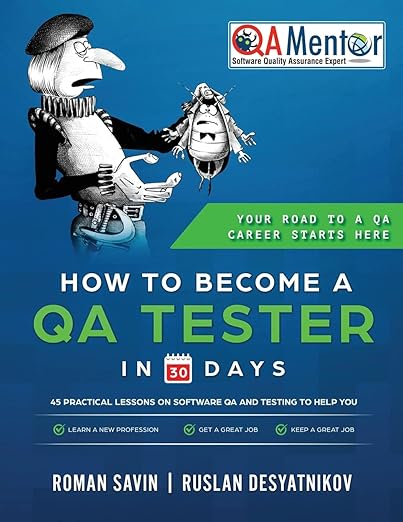Lecture 9. Test Execution: New Feature Testing -> Quick Intro -> Test Estimates -> Entry/Exit Criteria -> Test Plan -> Aggressive Testing From Jason Fisher -> Lecture Recap -> Questions & Exercises1. The NFT starts after the smoke test passes.
2. The purpose of a smoke test is to check the testability of the software. In other words, we are looking for bugs that block testing.
3. During the smoke test we check the main flows of the main functionalities.
4. There is usually no need to create test documentation for a smoke test.
5. It’s a good practice to call a QA meeting (right before or at the beginning of the NFT for a major release), where each tester gives a short presentation about the features that he is going to test for the coming release. This improves each tester’s overall understanding of the system and may prevent “Not a bug” situations.
6. Test estimates are needed to find a balance between the avalanches of new features that marketing and the PM want to introduce and the ability of testers to perform proper testing.
7. Test estimates consist of two parts: a time estimate for test preps and a time estimate for the NFT.
8. Things that can affect test estimates:
– What is the complexity of the feature to be tested?
– Do you have any experience in testing similar features?
– Is there a planned integration with the vendor’s software?
9. Entry criteria are certain conditions that allow to begin something.
10. Exit criteria are certain conditions that allow something to be considered finished.
11. The test plan is a master document about the activities for testing a certain feature (or another possible subject of testing; e.g., site performance).
12. Here is the simplest structure of a test plan:
General info
Introduction
Schedule
Feature documentation
Test documentation
Things to be tested
Things not to be tested
Entry/Exit criteria
Suspension/Resumption criteria
Other things
13. As a rule, start-up testers don’t need to create test plans: features come and go too quicky, teams are small, and often there is not even enough time for the essential things like test case generation.
14. The core idea of aggressive testing developed by Jason Fisher is to find and fix important issues ASAP. Next ->
Lecture 9. Test Execution: New Feature Testing -> Quick Intro -> Test Estimates -> Entry/Exit Criteria -> Test Plan -> Aggressive Testing From Jason Fisher -> Lecture Recap -> Questions & Exercises